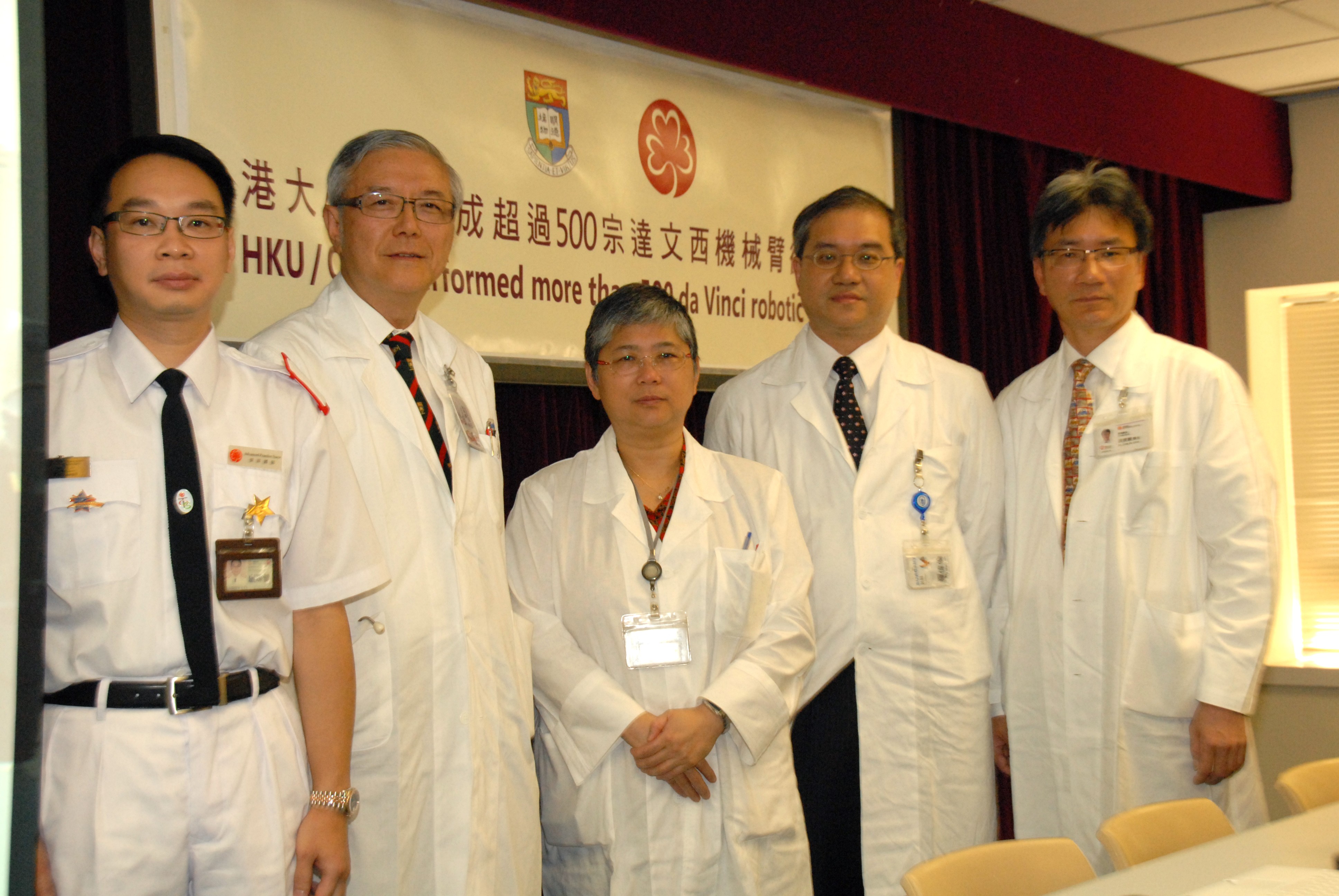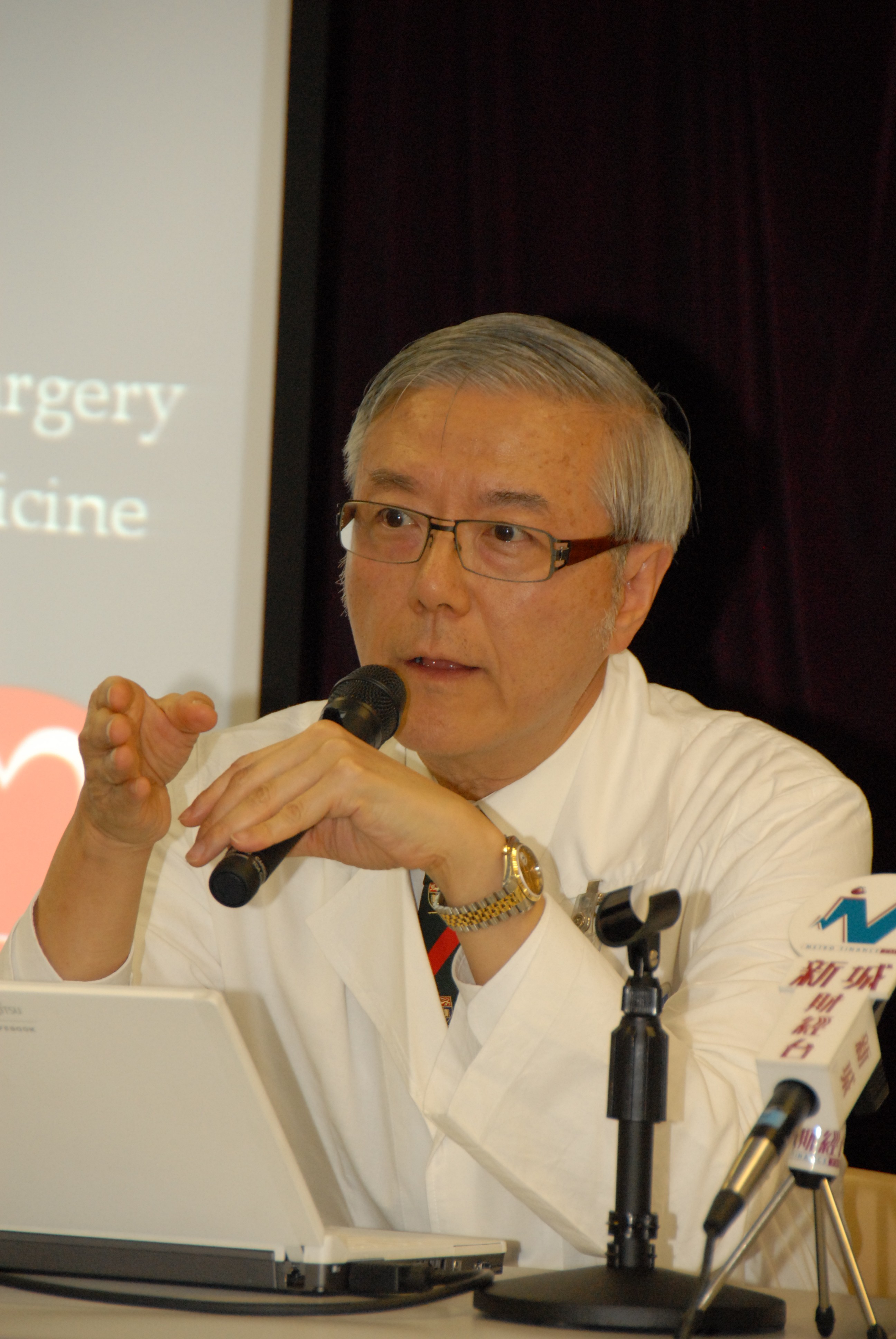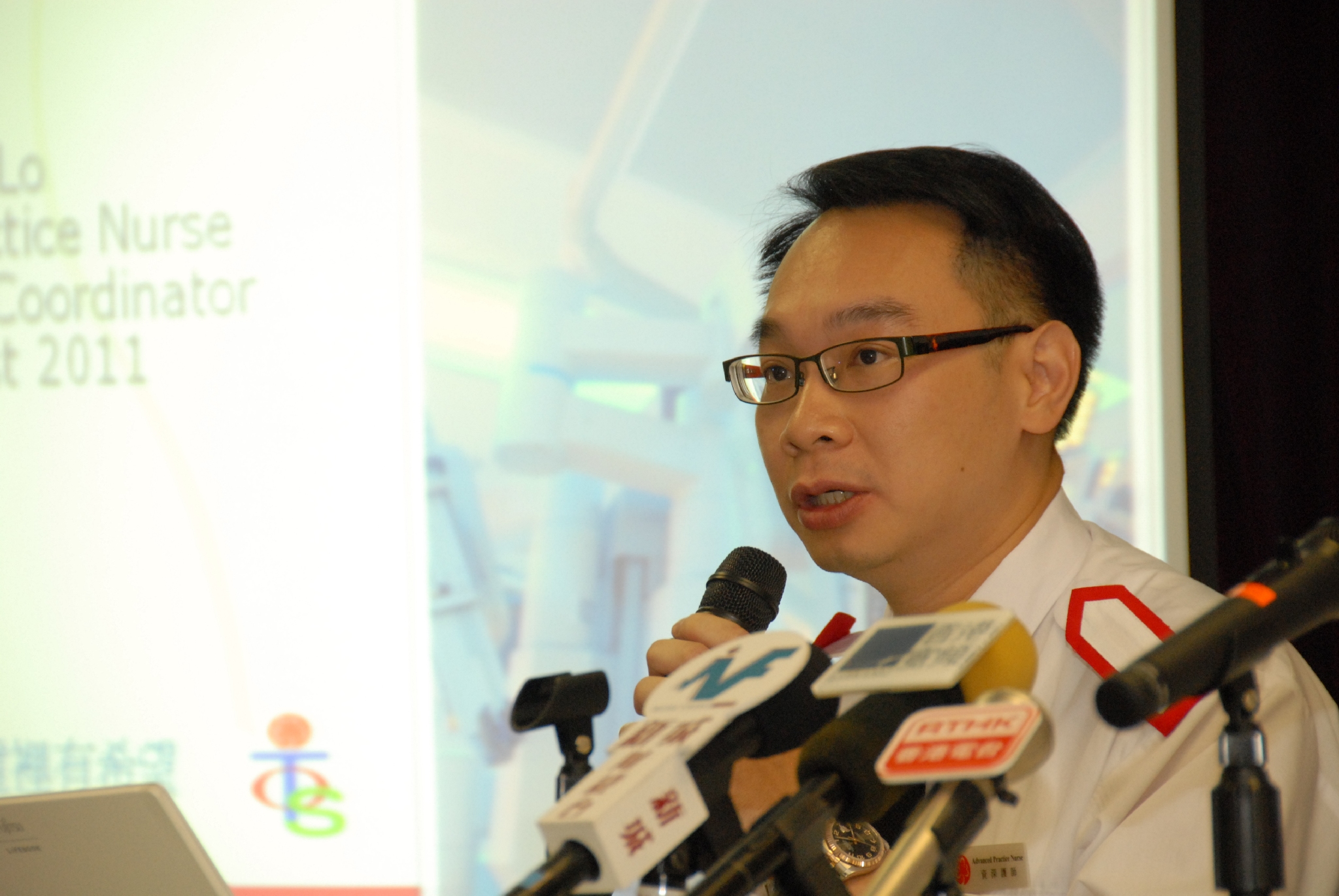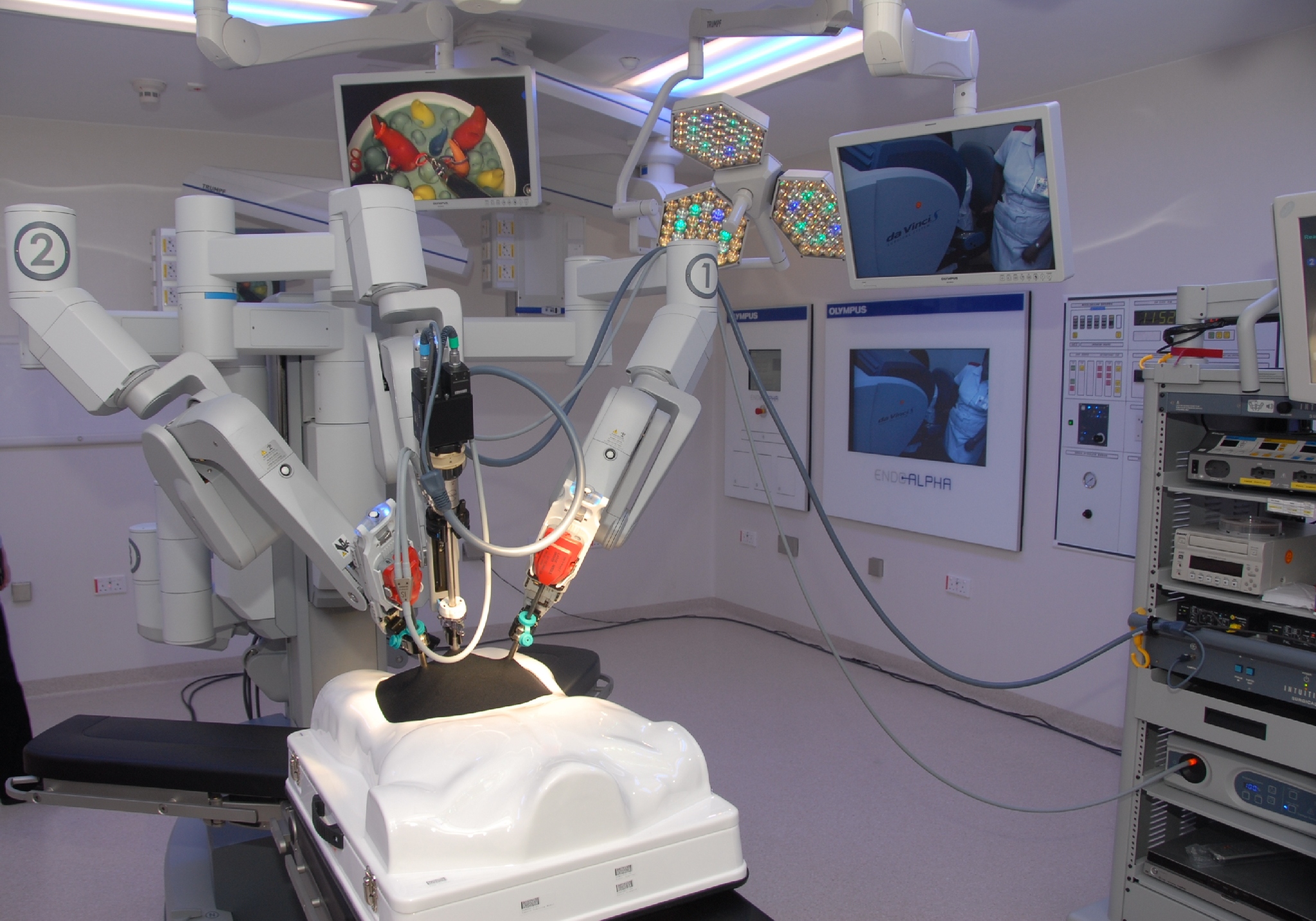Media
HKU/ QMH performed more than 500 da Vinci robotic surgeries
16 Aug 2011
The da Vinci robotic surgical system, which was approved by the USA Food and Drug Association (FDA) in 2000, is a versatile instrument designed for advanced laparoscopic surgery. Queen Mary Hospital, being the teaching hospital of the University of Hong Kong Li Ka Shing Faculty of Medicine, was one of the first public Hospitals in Hong Kong that introduced this advanced technology in 2007. In HKU/QMH, the robotic surgical system has been widely applied in operations in general surgery, urology, ENT (ear, nose and throat) surgery, paediatric surgery and gynaecology. Up till July 2011, over 500 cases of robotic-assisted surgery have been performed by the HKU Department of Surgery and the Department of Obstetrics and Gynaecology in Queen Mary Hospital. The overwhelming number signifies the achievement of stability, safety and maturity of such sophisticated surgical skills.
About minimally invasive surgery
Minimally invasive surgery has been demonstrated to be associated with better short-term recovery without compromising the oncologic outcome in patients with malignant diseases. However, with the limitations of the currently available instruments, laparoscopic surgery can be difficult when it is performed in the deep spaces in the body and when dexterous manipulations such as suturing in a confined space are necessary.
About the da Vinci robotic surgical system
The da Vinci robotic surgical system was developed to provide a stable camera platform, 3-dimensional stereotactic vision, tremor reduction and motion scaling for advanced laparoscopic surgery. The versatile instruments, which provide 7 degrees of movement, enable dexterity for difficult task such as intracorporeal suturing. Telesurgery can also be performed with the da Vinci robotic surgical system.
Application of da Vinci robotic surgeries in QMH
Among these, prostectomy and hysterectomy for cancer are the two most commonly performed procedures. Over 160 hysterectomies, mostly for malignant diseases, have been performed. Among which 58 were radical hysterectomy which required dissection deep in the pelvis. The patients generally have less blood loss and better recovery with a shorter hospital stay. The da Vinci robotic surgical system also enables precise lymph node dissection in malignant gynaecological diseases. More than 100 lymph node dissections have been performed using the Da Vinci robotic system in the past 3.5 years by the gynaecologists.
The urologists of Queen Mary Hospital have performed over 110 prostatectomies for patients with prostate cancer. The patients can benefit from the precise dissection in the pelvis for better cancer clearance. A high urinary continence rate and quicker recovery have been achieved. Other advanced urological procedures, which have been performed, include partial nephrectomy, pyeloplasty and cystectomy.
Robotic assisted surgery is also applied in general surgical procedures. The most commonly performed procedure is resection of rectal cancer. Surgery can be performed in the pelvis with great precision to achieve good cancer clearance and preservation of the autonomic nerves. This is particularly helpful in the resection of distal rectal cancer in a man with deep narrow pelvis. A high rate of sphincter preservation can be achieved. Robotic surgery is also widely applied in the treatment of achalasia so that precise incision of the muscles of the distal esophagus can be performed without an incision in the abdomen or the chest wall.
Transoral robotic surgery has also been developed by the ENT surgeons to treat benign and malignant head and neck lesions in Queen Mary Hospital. The robotic surgical system can provide very good vision and stable platform in barely accessible areas such as the base of tongue and orophargnx, while good functional results can be achieved.
The success of robotic surgery depends not only on the surgeons, but also the nurses . A team of dedicated nurses in QMH have been trained to assist in the robotic surgery to increase the efficiency. The efficiency has further improved with the recent opening of the minimally invasive operating theatres in Queen Mary Hospital. The robotic surgical system is incorporated in one minimally invasive operating room. It is expected the procedures will be performed more efficiently.
For news photos and powerpoint slides, please visit the website at:
http://www.med.hku.hk/v1/news-and-events/press-releases/







